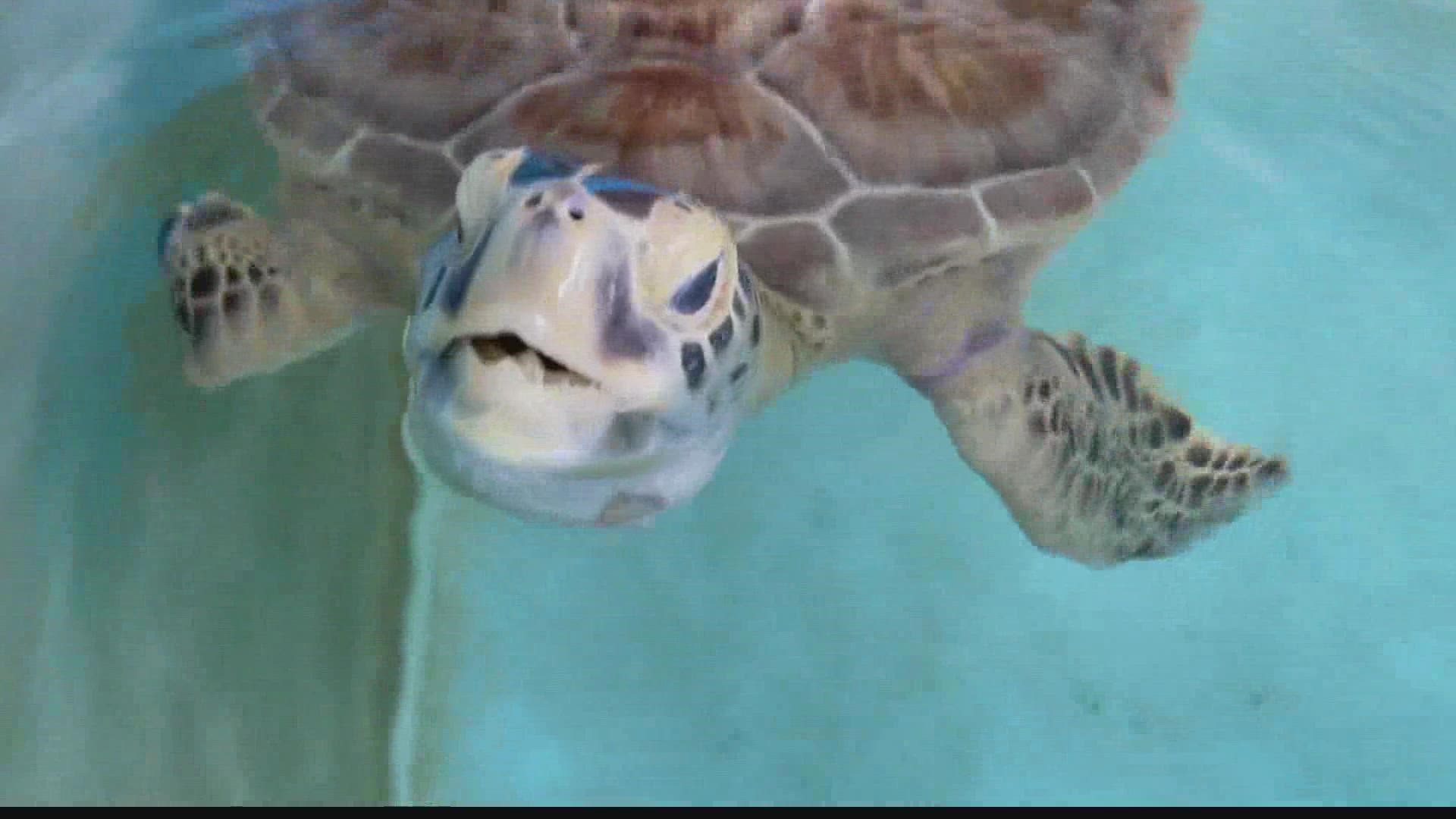ST. JOHNS COUNTY, Fla — You’ve heard of crime scene investigations. One team of scientists is applying that same kind of technology used to find criminals as a way to help sea turtles.
Dr. Jessica Farrell works in a lab studying sea turtles or their DNA.
"It’s very CSI," she laughs.
She and her colleagues with the University of Florida Whitney Marine Lab in St. Johns County have figured a way to collect sea turtle DNA from the water, even when they don’t see any sea turtles around.
It's called environmental DNA or eDNA.
"Sea turtles are shedding their skin cells and bodily fluids," Farrell explained.
It starts when her and fellow scientists scoop up some water from the ocean or a waterway.
"We can test it with some probes (in a lab), run it on our fancy machines, and within a couple days, I can tell you what sea turtle species are in the water sample."
And if that’s not cool enough, they’re able to determine if there is one or several sea turtles.
"So that’s something you can eventually apply to the wild." she says. "To say, we’re getting a lot of loggerhead sea turtle DNA, so there are four to five in the area."
Farrell and her co-workers are doing the same thing with sand, scooping up sand from the tracks female turtles leave behind.
"We’ve been able to detect green and loggerhead DNA just from that sand," she said.
And they’re detecting a deadly virus in those sand and water samples as well.
But how can that DNA being picked up in the sand and from the water ultimately help protect the sea turtles?
"So in the water, we’ll be able to tell where significant populations are living, and where they’re not," Farrell said. "So we could know which areas need more protection because we’re able to detect more of the DNA in that environment."
Environmental DNA – or eDNA – has been around since the 80s but Farrell noted, "This is the first time it’s even been to do this extent in sea turtles. It’s the first time its ever been done in sand for sea turtles. And it’s the first time ever done in the wild for greens and loggerheads."

